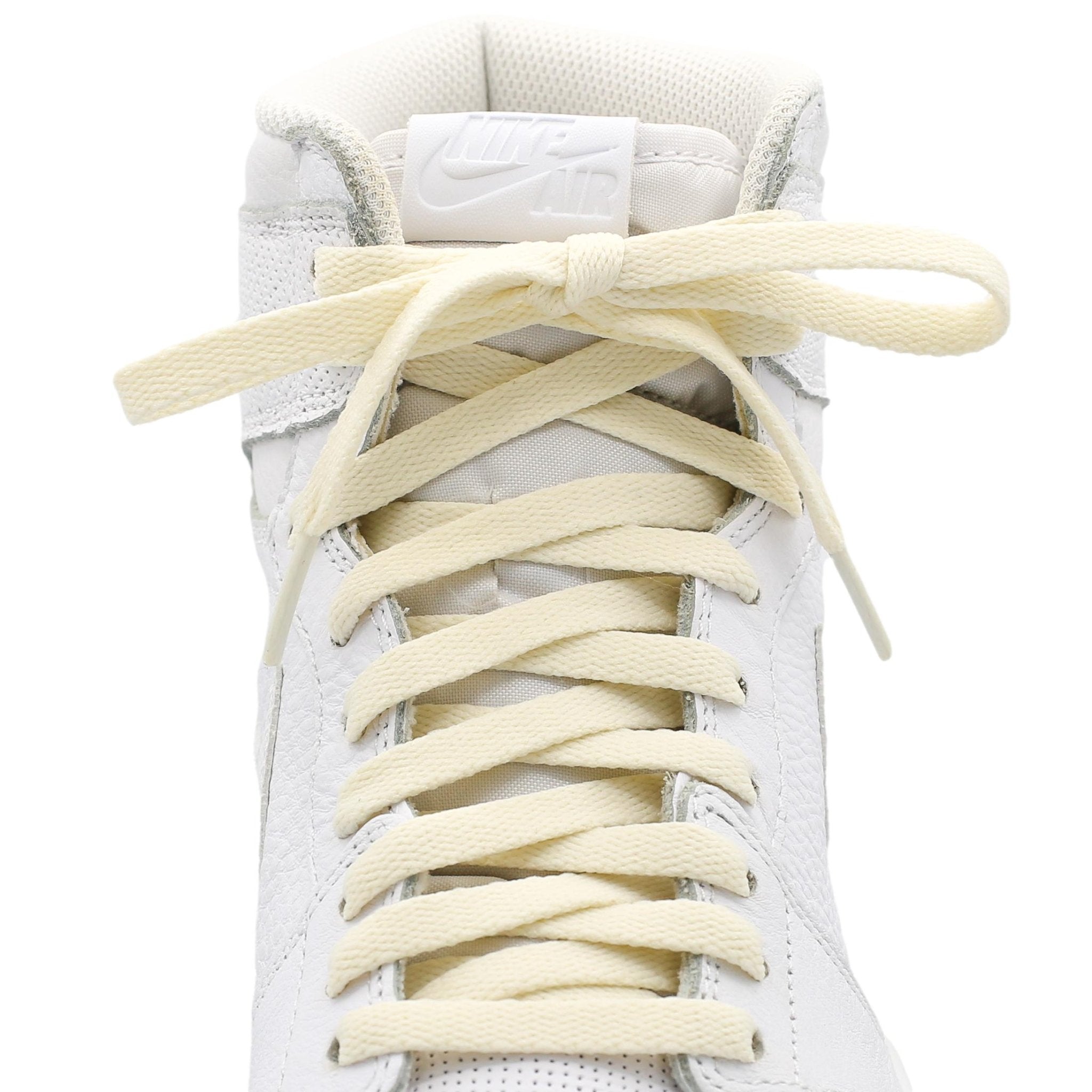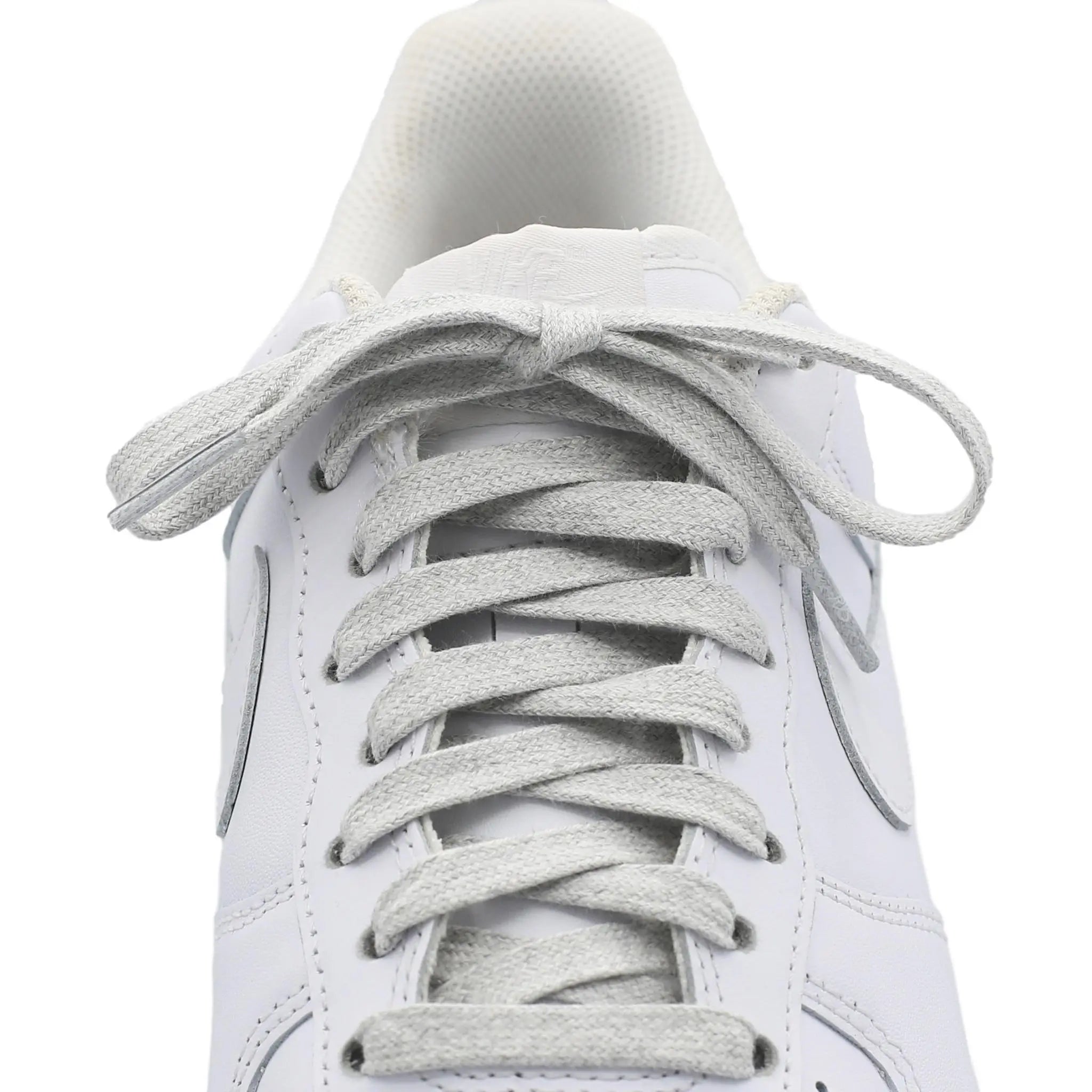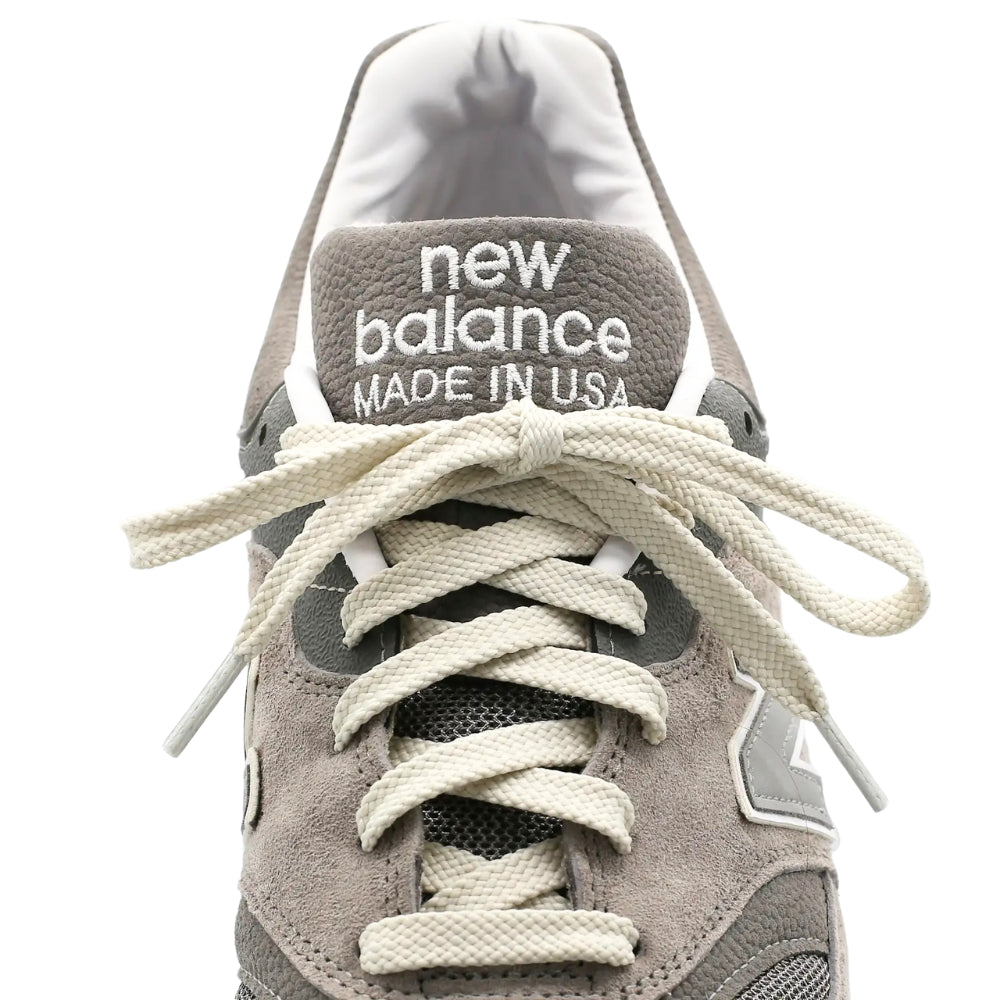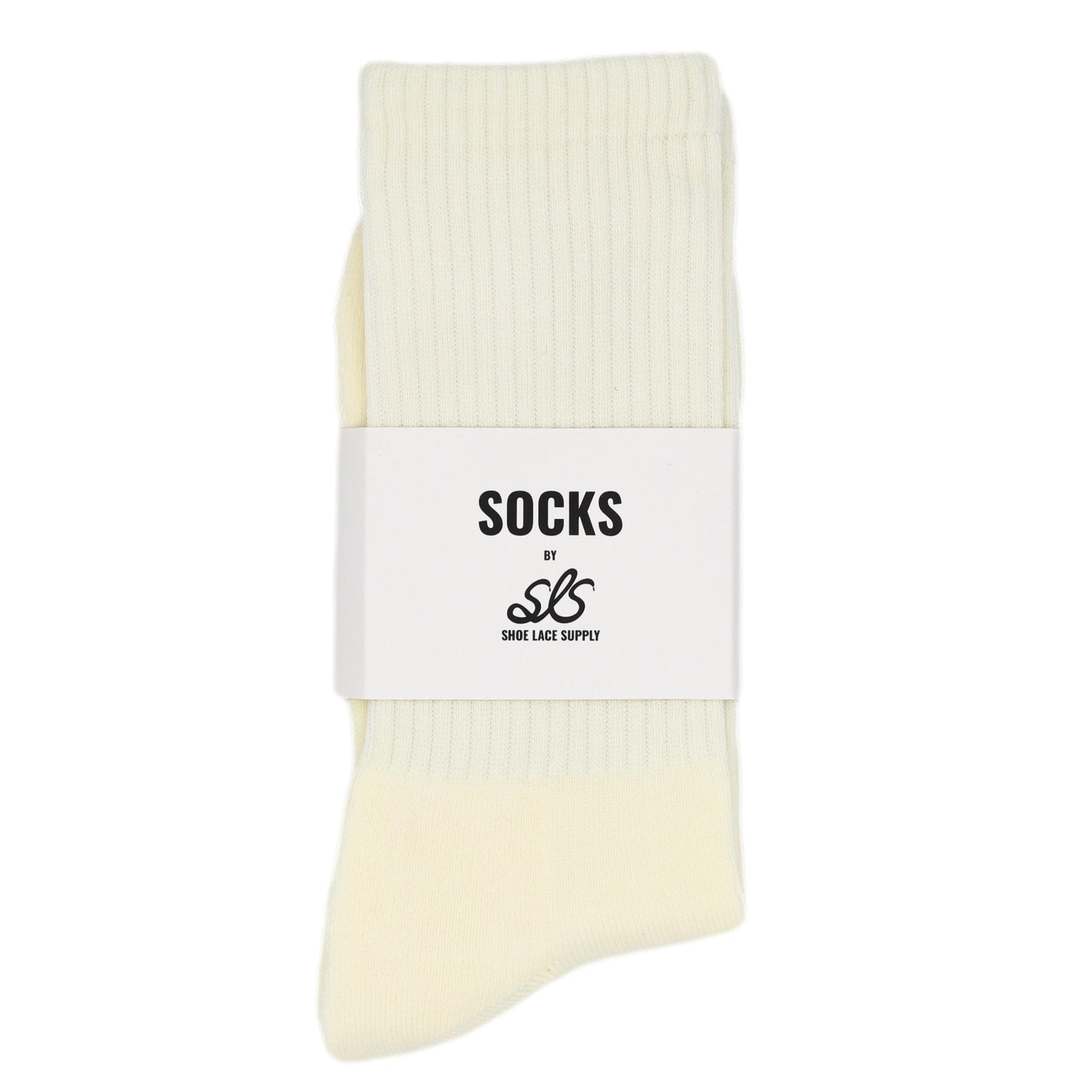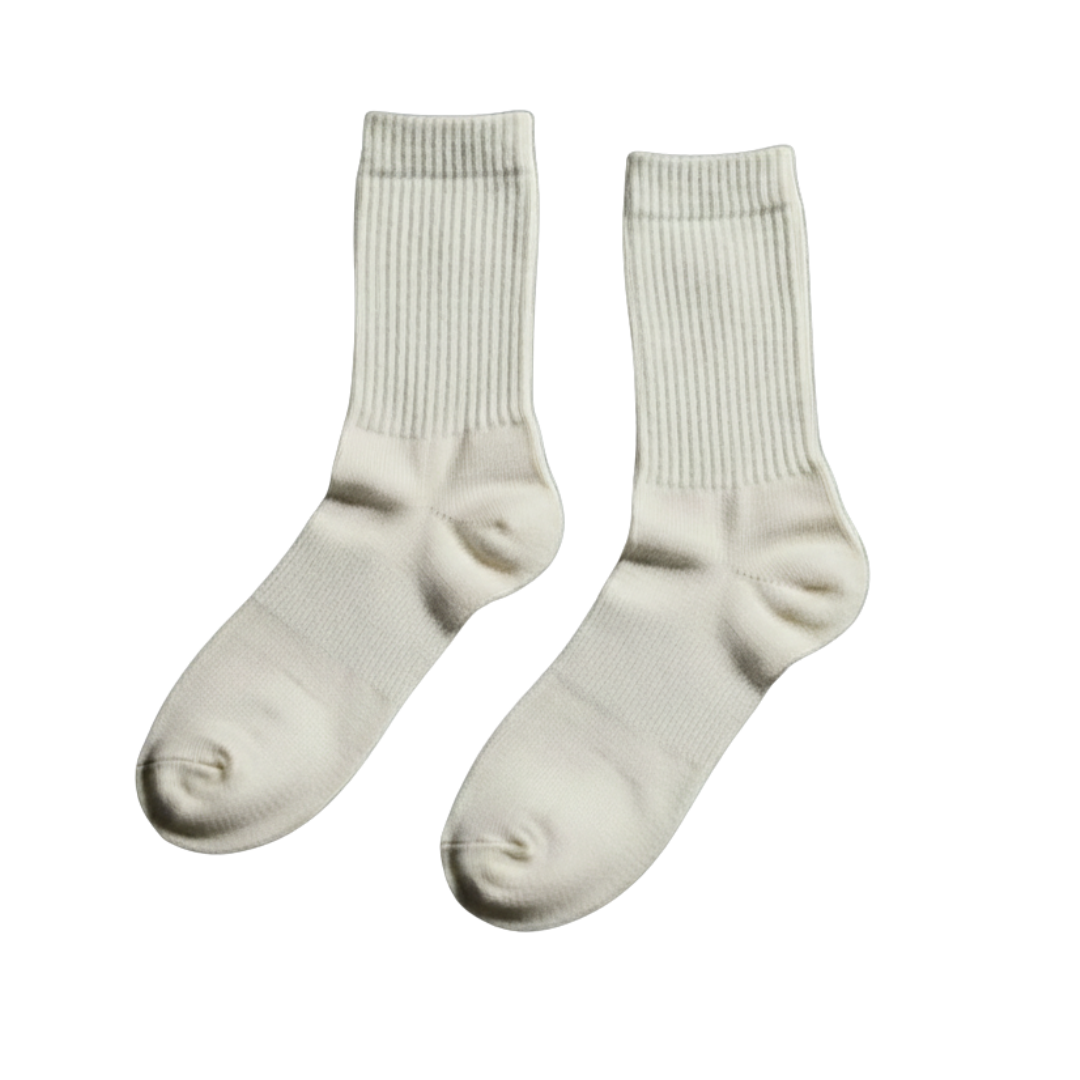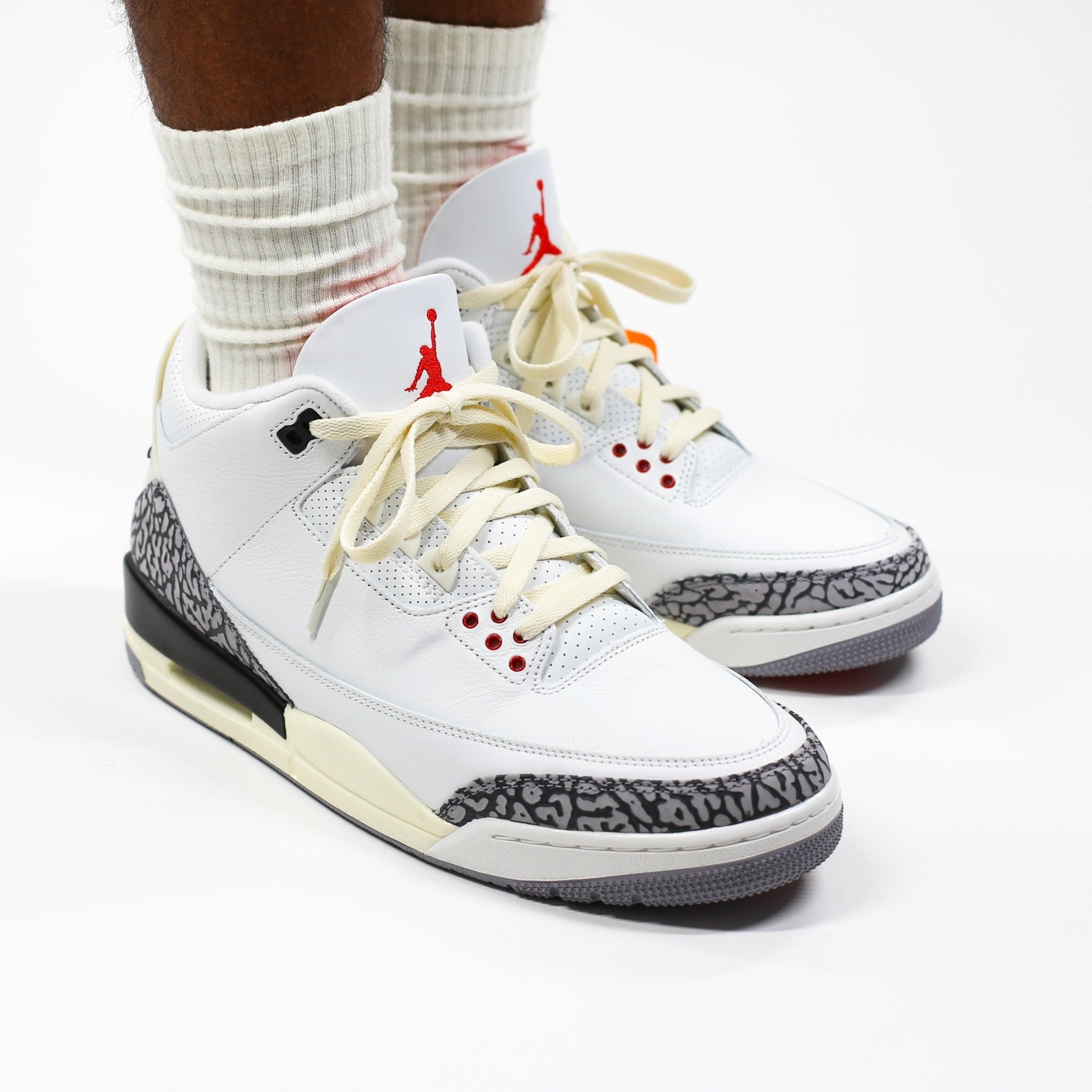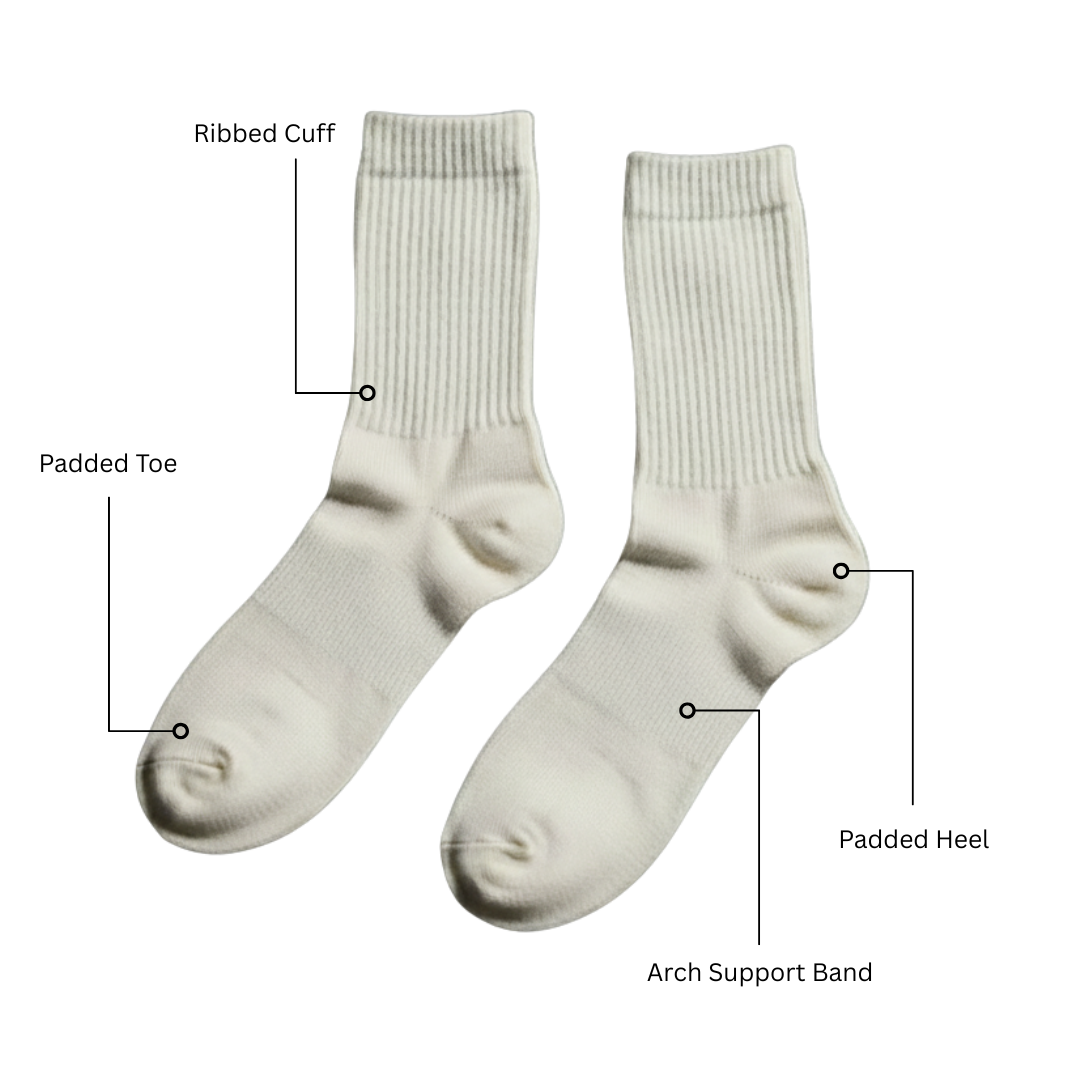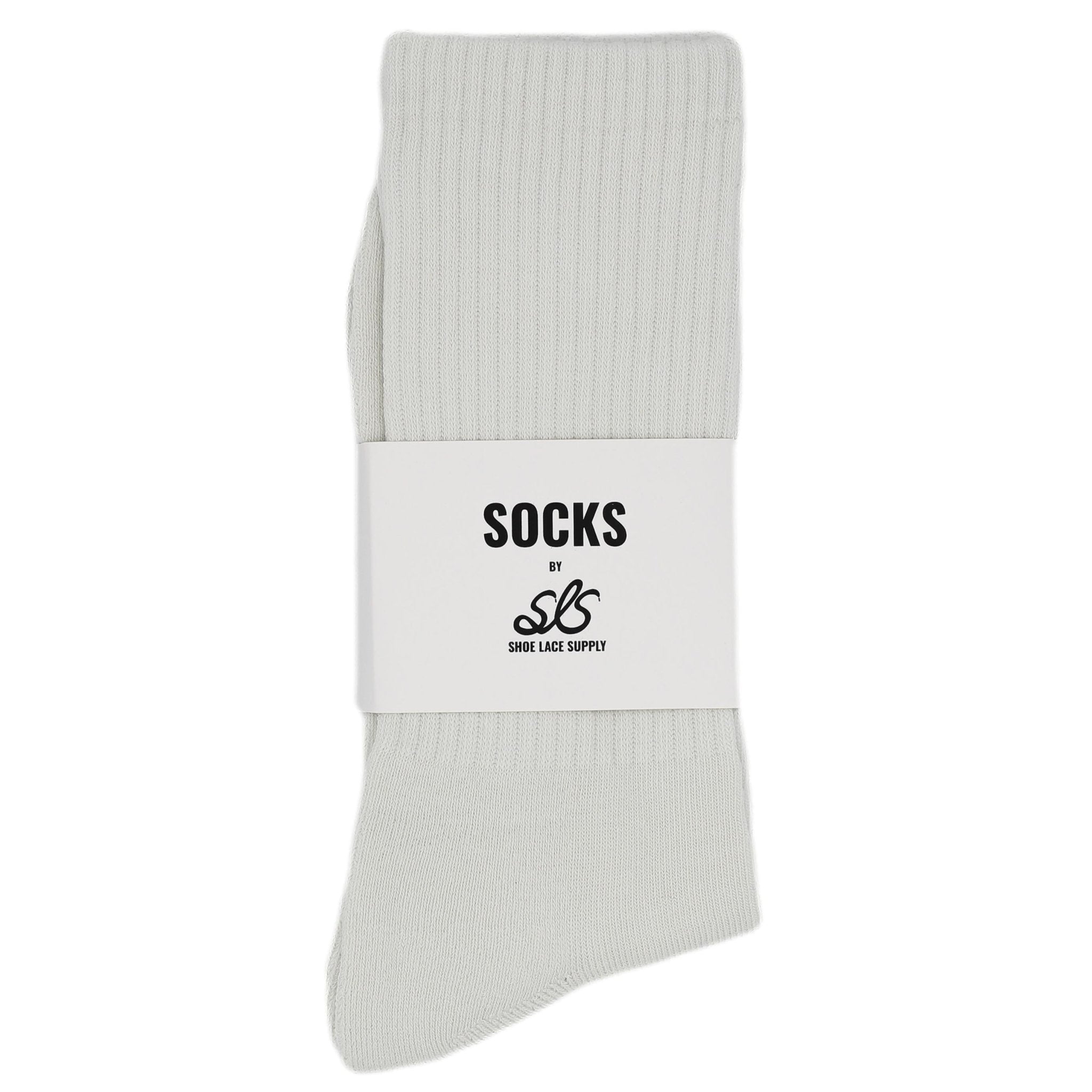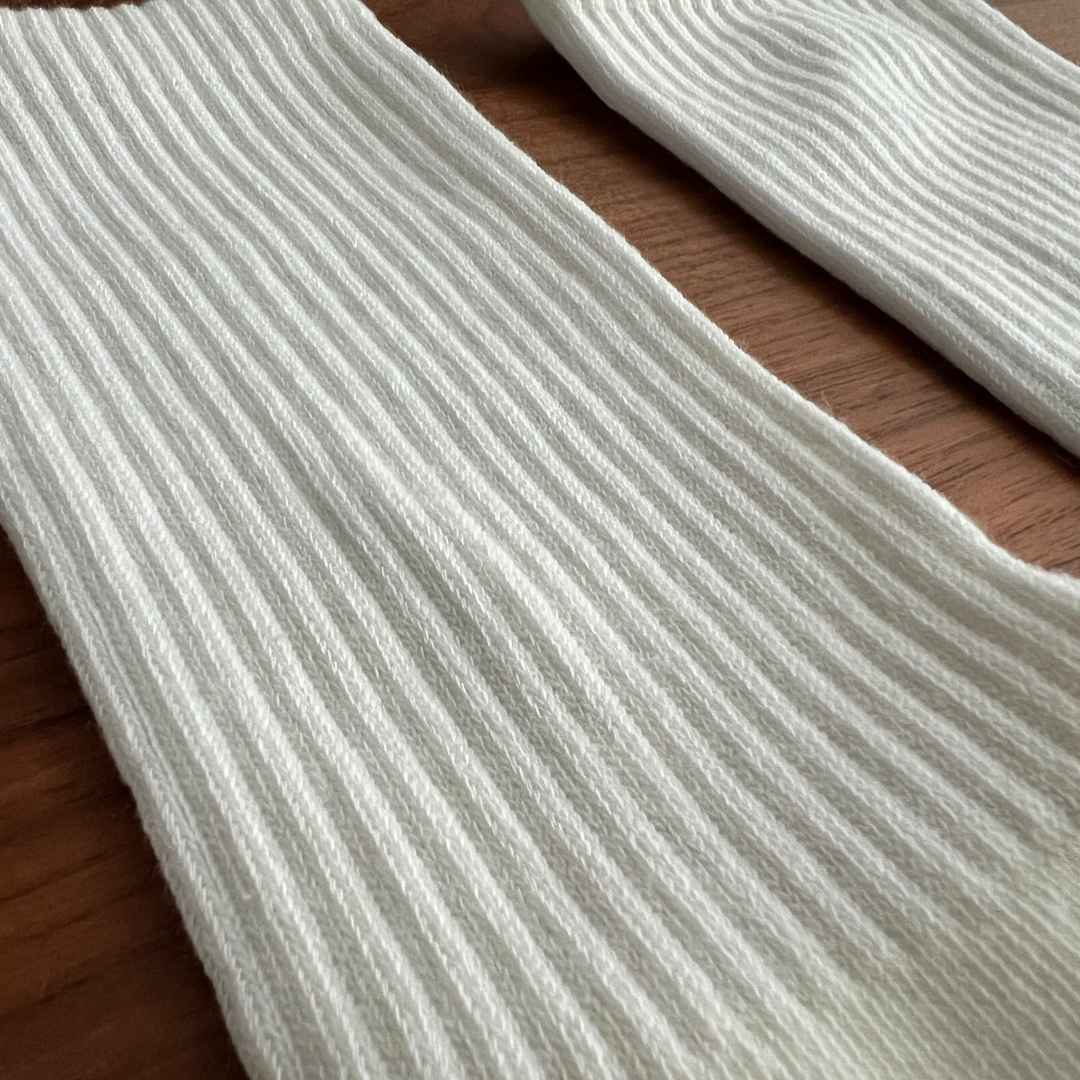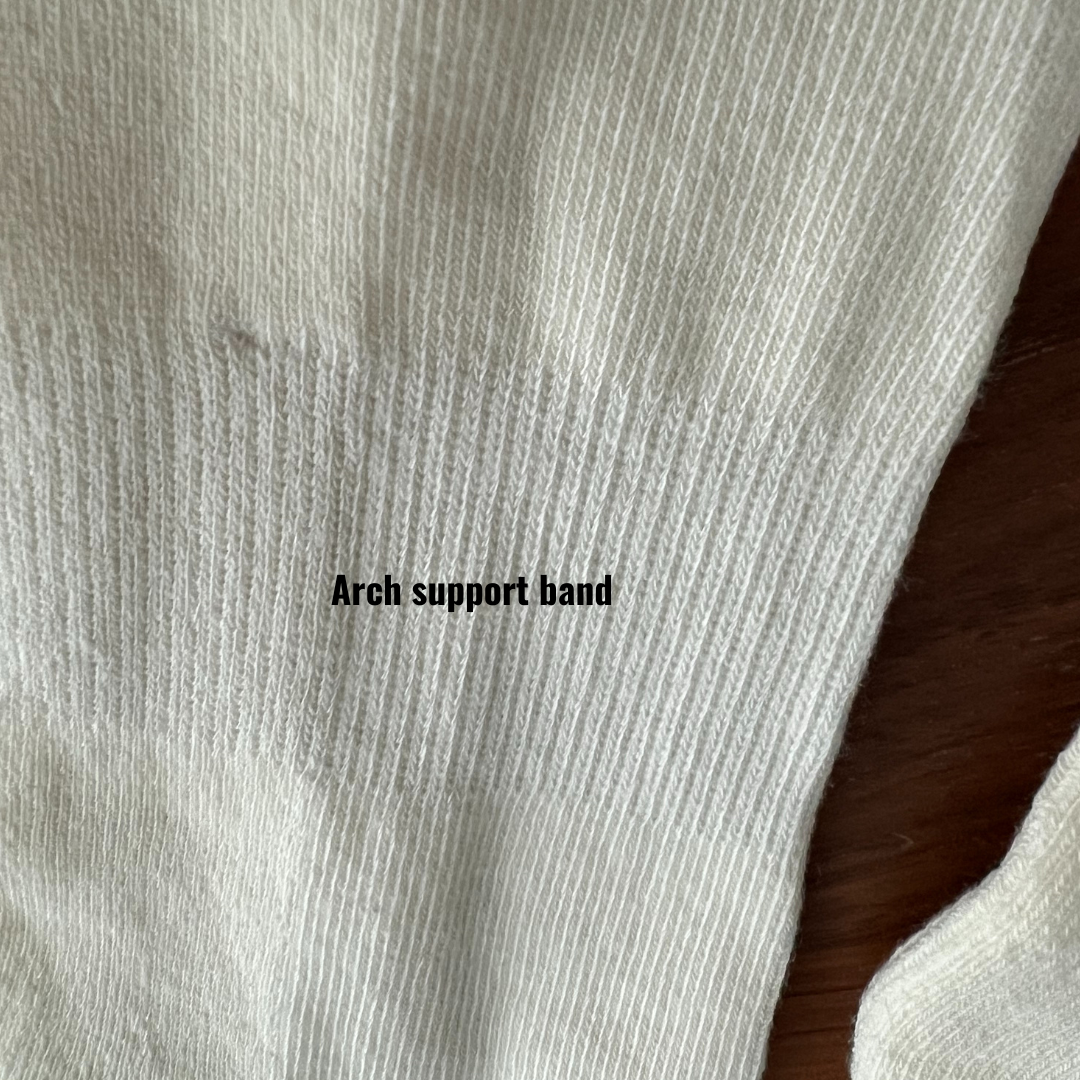For athletes, shoe lacing isn’t just about keeping shoes on—it’s a science. The right athletic shoelacing method can improve stability, reduce blisters, and even enhance performance. Whether you’re a runner, basketball player, or weekend warrior, mastering performance lacing styles ensures your footwear works as hard as you do. This guide covers practical techniques to keep your shoes secure, comfortable, and stylish.
Why Proper Lacing Matters for Athletes
Tightening your shoes the right way solves common issues like heel slippage, toe pressure, and midfoot discomfort. Studies show that optimized lacing reduces injury risk by up to 30%. For instance, lock-lacing techniques minimize in-shoe movement, while window lacing relieves pressure on high arches. The goal is to balance security with flexibility, ensuring your feet stay supported without restricting natural motion.
Top 5 Athletic Shoelacing Techniques
1. Runner’s Loop (Heel Lock)
Ideal for preventing heel slippage during sprints or trail runs.
Steps:
- Lace normally until the second-to-last eyelet.
- Thread each lace end through the top eyelet on the same side, creating loops.
- Cross the laces through opposite loops and tie securely.
Benefits: Reduces blister risk by 40% and stabilizes the ankle.
2. Window Lacing for High Arches
Designed to alleviate pressure on the top of the foot.
Steps:
- Unlace the shoe up to the eyelet below the pressure point.
- Skip the next eyelet, cross the laces, and continue lacing upward.
Best for: Runners with high arches or sensitive insteps.
3. Straight Bar Lacing
A sleek, stylish option for basketball or casual wear.
Steps:
- Lace horizontally through each eyelet without crossing.
- Creates parallel bars that evenly distribute tension.
Style tip: Use contrasting lace colors to highlight the design.
4. Diagonal Lacing for Wide Feet
Reduces midfoot tightness and accommodates swollen feet.
Steps:
- Skip the middle eyelets and lace diagonally upward.
- Finish with a standard bow or surgeon’s knot.
Performance benefit: Improves blood flow during long-distance events.
5. Zipper Lacing
Combines security with a bold visual appeal.
Steps:
- Alternate laces over and under vertical sections.
- Creates a zipper-like pattern that locks the foot in place.
Ideal for: Soccer, tennis, or gym workouts.
Balancing Style and Performance
Athletes don’t have to sacrifice aesthetics for function. Techniques like straight bar or two-tone lacing add flair without compromising fit. For example, NBA players often use color-coordinated laces to match team uniforms while maintaining a snug fit.
Pro tip: Flat laces (like cotton or polyester) stay tied longer than round ones, making them ideal for high-intensity sports.
Final Tips
- Match laces to your sport: Elastic laces for triathlons, waxed laces for hiking.
- Test before race day: Never try a new technique during competition.
- Combine methods: Use a heel lock with window lacing for custom fit.
By choosing the right athletic shoelacing method, you’ll enhance comfort, reduce injury risks, and even boost confidence with a polished look. For premium laces designed for performance, explore Shoelace Supply’s durable, style-forward options.
Read More:
Extend the Life of Your Sneakers: Best Sneaker Cleaners
Shoe Lace Styling Tips and Trends 2025
Top 10 On Cloud Shoe Lace Styles for Runners and Athletes
FAQs
1. What are the best shoelacing techniques for athletes?
Top methods include the Runner’s Loop, Window Lacing, and Zipper Lacing. Each targets specific fit issues like heel slippage or foot swelling.
2. How tight should athletic shoes be laced?
- Snug but not restrictive.
- Leave a thumb’s width of space at the toe.
3. Do pro athletes use special lacing styles?
Yes. Many use heel locks for stability and parallel lacing for wide feet.
4. Can lacing prevent black toenails?
Yes. Skipping toe-box eyelets reduces pressure on nails during downhill runs.
5. How often should I replace shoelaces?
Every 6–12 months, or when frayed. Worn laces compromise fit and safety.

